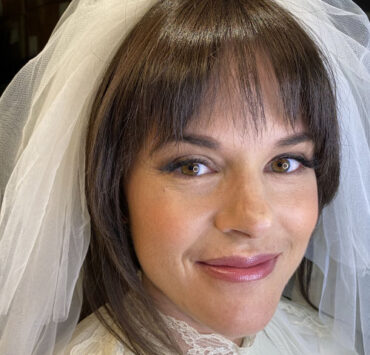Perfume is the Symbol of Life: A Global History of Fragrance – Part of Beauty As Wellness, Exclusively for In Step Beauty
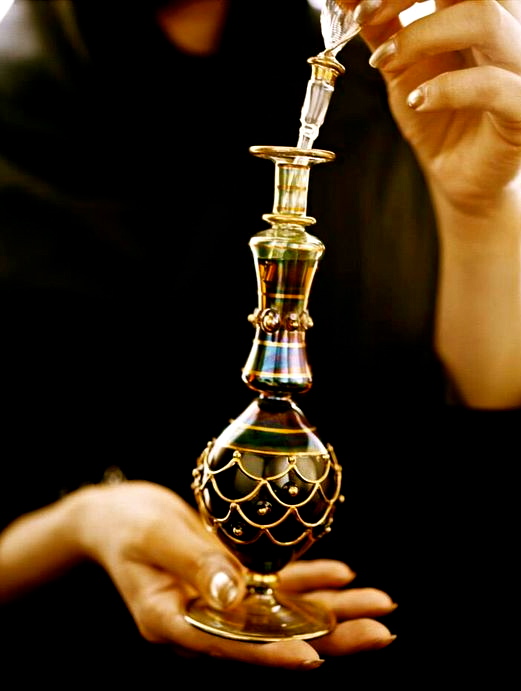
Perfuming one’s self and one’s environment is as old as the Earth itself. Scent has been used to allure, heal and disinfect as well as add mystery and magnetism to the wearer.
Plants and flowers are prime examples of how to attract pollinators by excreting pheromones, and how to keep predators away with the essential oil contained within the plants’ leaves and the flowers.
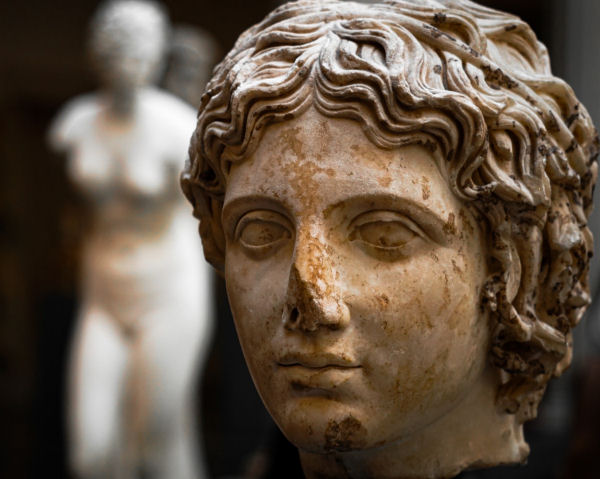
Perfume can have uses far more than a luxurious way to smell good. Cleopatra greeted Mark Antony on a boat with perfumed sails, and on the Mediterranean island of Cyprus, a distillery brewed olfactive gems that would years later become the envy of the Romans. Why was perfume so important in history, and even more today?
“It is the symbol of life!”
Perfume is the life-giving gift of Nature. It can help us heal, lift our psyche, create mystery and allure, as well as lift us into spiritual bliss. In the coming issues at In Step Beauty, we will explore the rich history of perfume as we examine the plants and flowers used in Fragrance.
We will study and identify why Fragrance has been, and always will be, a beacon of wellness. We will delve into the artisanal Fragrances of today and why niche perfumers are cornering the marketplace with triumphant success. I will look forward to taking this journey with you.
The mystique of Fragrance (capitalized on purpose) can be found when one explores history. Since humans have been on the planet, they have had very close relationships with scent. It has long been a symbol of the romance people have with life. For centuries, Fragrance in all forms has been an indispensable tool for the communication of thoughts, feelings, and emotions.
Life in the early centuries was not devoid of smell, like our deodorized worlds of today are. Back then, people’s noses were so developed that they deciphered and guided us through the mysterious language of scent. Scent helped us to define predators and potential mates, to find herbs and flowers to heal our bodies, and to pray and commune with the Divine. All Fragrances, such as perfume and incense, have been a way of life since the beginning of time.
Fragrance has been used, gifted, and applied to science and spirituality since the beginning of time. In this series, I will share how and where Fragrance has been part of lives around the world financially, geographically, and culturally. To frame these stories, I share here what has become my favorite quote, declared by Maria Rosaria Belgiorno, Director of the Italian Archaeological Museum:
“Perfume is the symbol of life.”
Commerce
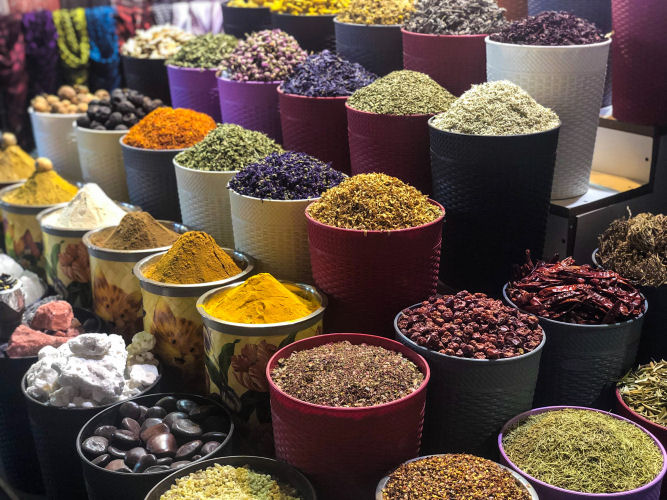
The spice trade was a huge industry, beginning in the Middle East over 4000 years ago. It contributed to the development of new civilizations and the search for new worlds. Perfumes, spices, and incense were the most important items to be traded throughout nations. Huge amounts of money were paid for ingredients to be brought in by camel and on foot over mountains and deserts to scent people, houses, temples, and forums. Scent as currency flourished and was the economic basis for the Middle Eastern incense route from 700 BC to 200 AD The highest echelons of nobility, as well as the average commoners, produced and used perfumes. Fragrance played a central role in class, commerce, and culture; it was a natural thing to use Fragrance to enhance mood, to improve health, and to sustain overall well-being.
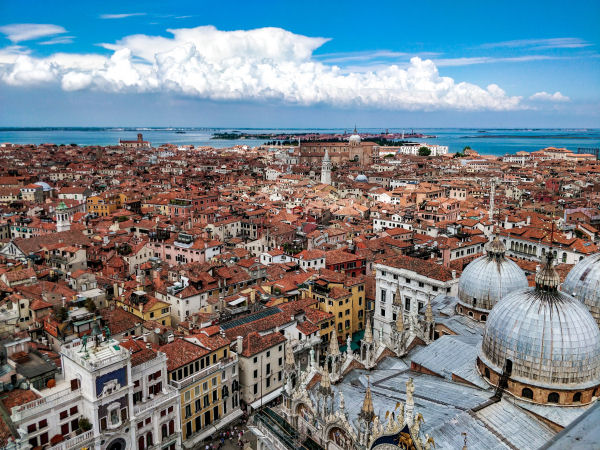
Venice, Italy was very influential in the perfume trade. Strategically located, it was the epicenter for commerce throughout the European markets. Around 1440, Venice was becoming the center for European perfumery. The Muschieri (perfumers) and Saoneri (soap makers) flourished as the accessibility of raw materials became available in the city. Powerful perfumes, toilet waters, and soap helped to mask the body odors of unbathed people.
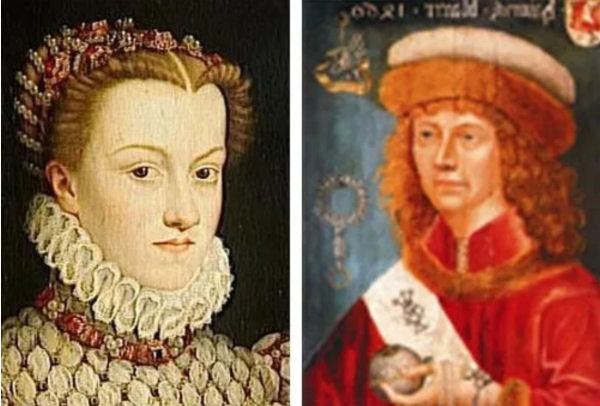
In 1533, Catherine de Medici, of the notable Medici family in Italy, married the future King of France, Henry II. With this marriage, Catherine and all of her cultural novelties moved to her to France and a new home. Perfume and scented accessories had been popular in Florence, and Catherine’s possessions reflected this. Also, she had a personal perfumer, and she brought him to France too. His name was Renato Bianco; in France, he was known as René le Florentin. His formulas were very closely guarded; a secret passageway was built to connect Catherine’s apartments with his perfume laboratory. René would go on to open the first perfume shop in France. Before there was commercial anti-perspirant, there was the need to mask odors, particularly in cities like Paris. René’s magasin de parfums was immediately successful due in no small part to his sales of scented gloves, accessories, and novelties.
Formulations and Geography
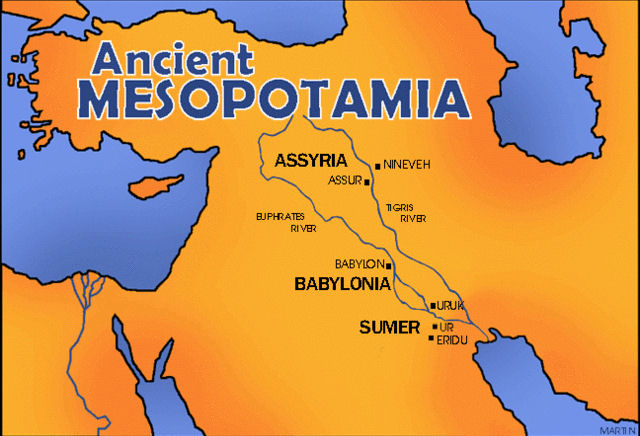
The origins of perfume making are believed to date back to 5000 BC in ancient Mesopotamia. In the early 20th Century, archeological digs near the city of Mosul in modern-day Iraq, turned up the first evidence of this. In 2003, Maria Rosaria Belgiorno, director of the Italian Archaeological Mission at Pyrgos, headed a team to unearth a 4000-year-old distillery fully intact on the island of Cyprus, the fabled birthplace of Aphrodite. The distillation of perfumes was revolutionary. Prior to distilling, perfumes were made by macerating, or steeping, all ingredients in oil. It is said the perfumes were scented with extracts of lavender, bay, rosemary, pine, and coriander, and kept in tiny translucent alabaster bottles. The Fragrances of Cyprus were significant: people around the world modeled their formulations after the Cypriots’ method.
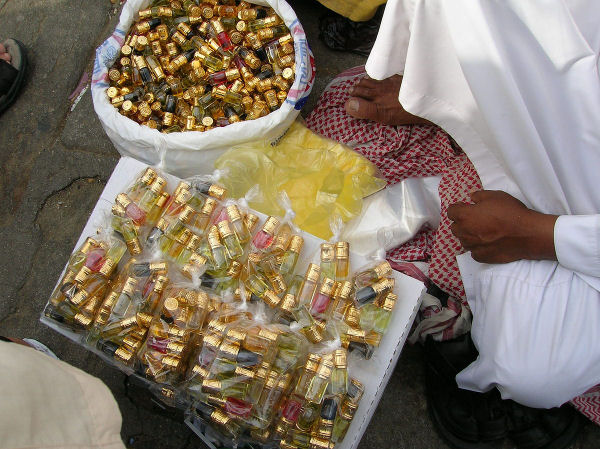
India had a very different method of perfume making, called attar. The name is derived from the Persian word Itir meaning fragrance. The process infuses blossoming flowers, herbs, spices and botanicals into sandalwood oil. Perfume and perfumed waters were common in India. An ancient Indian religious scripture, the Rig Vedas, (dating around 1500 B.C.) says, “Accompany your prayer with a perfume and your words will reach God. Tell him of your gratitude and devotion.” According to Agni Purana, written in the 7th century it is told that, the kings would begin their day with Fragrance. They would take baths with over 150 varieties of Fragrance. Fountains of perfume were made in the palace to create a heavenly atmosphere. The amazing Taj Mahal was said to have a moat filled with rose water and petals that would exude a heavenly scent when warmed by the sun in the afternoon.
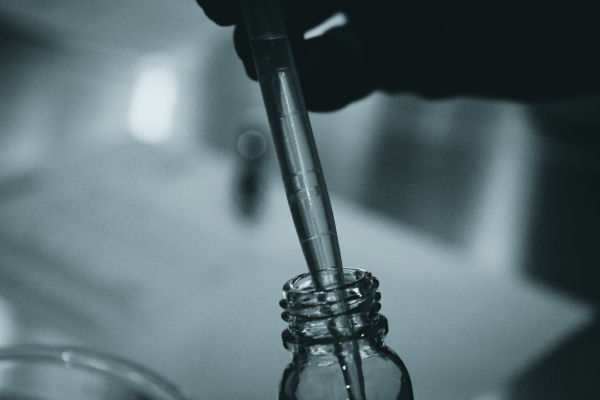
Before the factories in Grasse, France grew flowers to make perfume, and before the alchemists in Venice produced soaps and toilet waters, Fragrance was the perfume of incense burned in temples as a communication with God, in Egypt, Mesopotamia, and India. This was not accidental: the word Perfume comes from Latin Per fumun, which means “through smoke.” The Greeks also presented perfumes and scents as offerings to the Gods. Ingredients that are used in Fragrance, perfume, and incense were also used in culinary arts and to produce medicine.
Medicinal and Healing Applications of Fragrance

Fragrance’s healing properties were identified as far back as the days of Hippocrates, known today as the Father of Medicine. He wrote many treatises on plants and their medicinal uses. His Materia Medica examined plants and their essential oils, showing their healing modalities. Then, a book called Concerning Odours, written by Greek scientist and philosopher Theophrastus, delved greatly into the use of Fragrance and its medicinal characteristics in Ancient Greece.
During what is called the Islamic Golden Age, occurring between the eighth and 14th centuries, most ailments were believed to be disturbances of spirit that manifested in physical form. Perfume, Fragrance, and floral waters were used as medicines to treat the person and their spirit. Many notable people would use Fragrance to heal, and two stand out as examples of excellence. In Persia, Avicenna (whose name in Arabic is Ibn Sina), a Muslim physician and polymath, revolutionized the process of extracting oils from flowers via steam distillation, creating the essential oils and floral waters. Fariduddin Attar, or Attar of Nishapur, was a Persian poet, theoretician, polymath, chemist, and mystic. Attar was his pen name, and it means herbalist, druggist, and perfumer. He was an also a mentor to beloved poet Rumi. The stories told about this beloved healer were myriad. A popular one described how this pharmacist rushed from his shop to help a depleted man who had collapsed from exhaustion. To awaken his soul back to Earth, Attar wiped his face with rose water and aloes wood.
Meanwhile, in 14th Century Europe, it is said that a fragrant healing water was created for Queen Elizabeth of Hungary to treat her ailments. These scented oils were blended in alcohol, making for a new development in the production of perfumes. Distillation of alcohol was a technology learned from the Persians. This type of perfume – one whose scent sources were blended in alcohol – was important for the perfume world: it became the basic structure of European perfumes. Regarding Queen Elizabeth of Hungary, the blend of actual materials is debated. What is not questioned is the mixture was so successful, it helped clear her medical condition, and led to her eventual marriage to the Grand Duke of Lithuania. When they met, he was 25 years old and she was 70.
Cultural Practices and Traditions
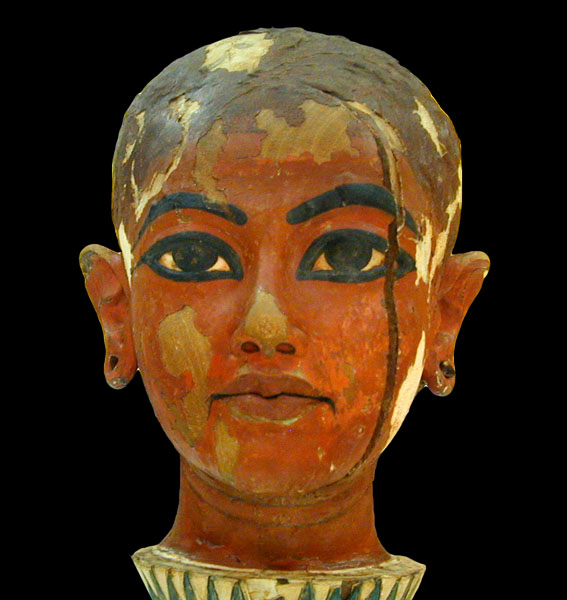
In ancient Egypt, people worshiped the god Nefertem. He represented the first sunlight and the delightful smell of the Egyptian blue water lily. The deities were considered to be fragrant beings that exhaled divine essences. A specific flower, perfume, herb, or Fragrance could represent each deity. So, Perfume laboratories were attached to temples to create these Fragrances to evoke the presence of the gods. Frankincense and myrrh are saps that resemble tears or droplets of sweat that exude from a tree. Using these ingredients to make perfume, the Egyptians endeavored to reconstruct deities. It is appropriate that they believed Perfume to be the sweat of the gods.
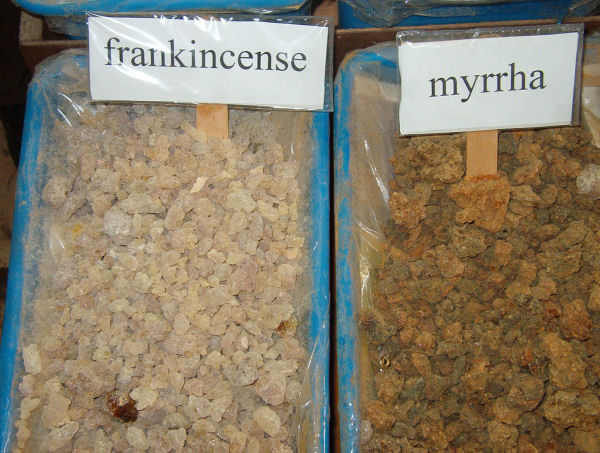
Myrrh was believed to come from the God Ra, and moringa nuts were from the eye of Horus. Burning incense was thought to please the gods by releasing smoke that would ascend to heaven, providing an invisible scented pathway. This was a way to transport one from the material world to the realm of the Divine. Egyptians believed Frankincense to be the one that makes God known. Myrrh was also used, along with cedar, frankincense, and cypress, to make incense and perfumes in Mesopotamia.
Around 1000 AD, the use of Fragrance was revolutionized in Persia as distillation and the extraction of essential oils and floral waters were developed. This was an exotic land of timeless romance, where opulent jeweled palaces sat high on mountaintops. The kingdoms were adorned with flowers, musical instruments, and spiritual mystics, known as Sufis. These individuals were known as men of the heart and they wandered freely as they guided people with their philosophy and poetry.
The Persians held perfume in high regard, and appropriately, they once controlled the perfume industry. In Persepolis, ancient capital of the Persian Empire, we can still see today stone images of Darius the King sitting with two incense bottles in front of him. Xerxes is holding flowers, perhaps the narcissus or lily, which are imbued with strong spiritual significance. The Sufis, the mystics of ancient Persia, have a beautiful belief that all flowers are from the light, and existed once in the form of angels.
The Personalization – and Power – of Scent
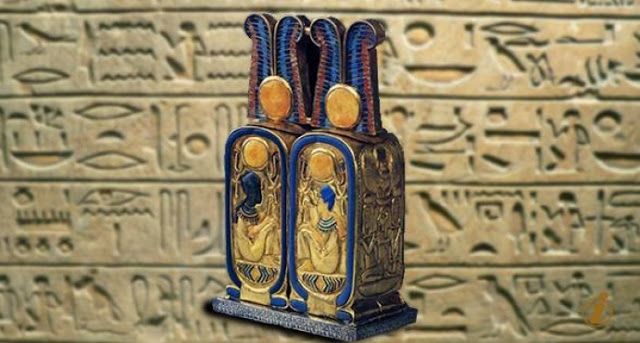
Fragrance reached new heights in perfume history via the presence of Queen Cleopatra of Egypt. Her name became synonymous with exotic beauty and allure. Legend has it that Cleopatra had the sails of her ship perfumed with fragrant oils, so the diffused scent in the air would reach Mark Antony before she did. Cleopatra was adept at using perfume for medicine, beauty, and seduction. Shakespeare wrote of her, “Purple the sails, and so perfumed that the winds were lovesick with them.¹” The idea behind scenting the ship’s sails was to seduce Mark Antony with her arrival before he even caught sight of her. I know I would be in rapture, ecstasy, and bliss, and just plain drunk off the smell of the heavenly oils.
¹ – Antony and Cleopatra, by William Shakespeare, Act II, Scene II, beginning Line 229
The art of seduction via perfume, as shown by Cleopatra, was a new thing. The use of fragrant oils has steadfast roots in spirituality, healing, and medicine. Jesus was given – from the Three Wise Men of the East – the fragrant gifts of Frankincense, Myrrh, and Gold. In the Bible, (Exodus 30:1), the Lord instructed Moses to make an anointing oil, “You shall make an altar to burn incense on; you shall make it of acacia wood.” it is said in the Bible, that Mary Magdalene used Nard to anoint the feet of Jesus. Spikenard, Nard, or jatamansi (as it called in India when used in Ayurvedic medicine), is an herbaceous, woody, spicy, earthy scent, that happens to smell like dirty socks. This oil has been used throughout centuries in religious ceremonies, as perfume, as a medicine, and to flavor wine. It has also been said that nard was the alternate name for lavender, which came from the Greeks because they called lavender nardus. This was in reference to Naarda, the city where lavender was sold. Bathing the feet of visitors with perfumed oils became a hallmark of hospitality in Greece.
The rich and tangible history of Fragrance shows that nature is our ally in physical health and spiritual well-being. Using Fragrance, incense, or scent to perfume one’s self and one’s environment is as old as the Earth itself. We can create olfactory bliss by applying this knowledge to ourselves and to others.
The next chapter in this Beauty As Well-being segment will dive into how fragrance became something luxurious and a tool to acquire and sustain power and prestige.
Jeffrey Paul is a Celebrity Makeup Artist, Fragrance Expert, and wellness aficionado. Follow him on In Step Beauty, his blog, and Instagram.
Aristotle may have had Jeffrey Paul in mind when he said, “Art completes what nature cannot bring to finish.” Jeffrey is an award-winning makeup artist and hairstylist. For 20 years and counting, he is Hollywood’s and Bollywood's go-to artist for celebrities, film festivals, red carpets, fashion, and movie PR. He is a resource for makeup artists, beauty columns fashion & beauty blogs as well as beauty magazines including ELLE, InStyle, Harper’s Bazaar, and beauty how-to books. Additionally, he is a chef, perfumer, writer, wellness advocate, beauty advisor, leader in Sufi and beauty meditations groups, and a practicing Dervish. Jeffrey believes that today's world has prompted everyone to have a deeper reverence for life and nature. His passion for truth, accompanied by an exploration into spirituality, has led him to create a new perspective in the beauty world. Through a blend of aesthetics and wellbeing, Jeffrey created a new paradigm called Beauty as Wellness, which includes the in-development Fragrance as Wellness. Jeffrey teaches people how to look deep into the world of beauty, which includes all types of fragrance, find tools to infuse and support a healthy life. This spiritual adventurer currently lives in Los Angeles. He spends time on the east coast to look after his parents. Follow him on Instagram – @theperfumeyogi, @fragranceaswellness, @jeffreypaulbeauty – and see him being a hair and makeup artist who seeks, and presents, the soulful expression of beauty.


